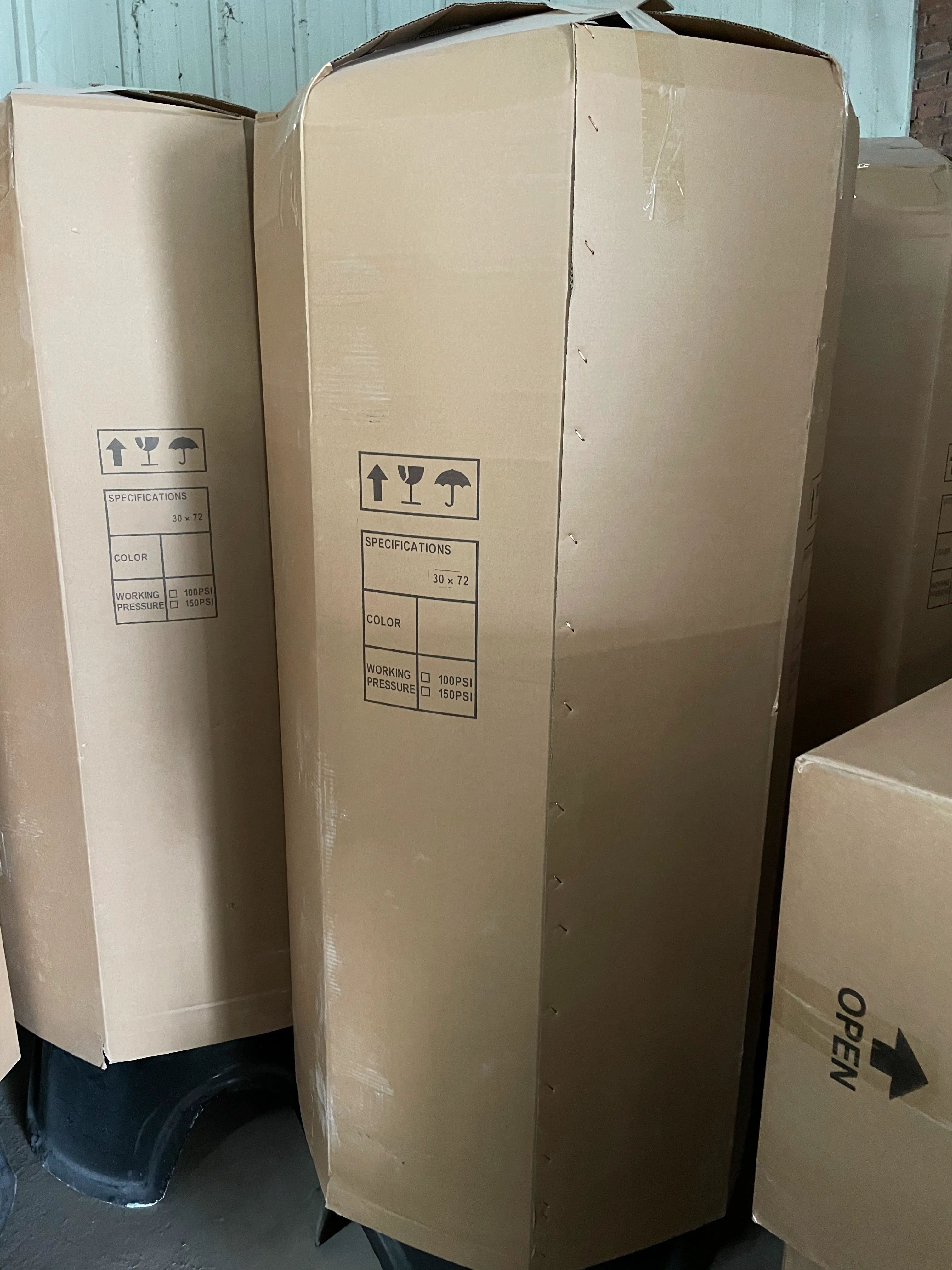loading...
- No. 9, Xingyuan South Street, Dongwaihuan Road, Zaoqiang County, Hengshui, Hebei, China
- admin@zjcomposites.com
- +86 15097380338
- Welcome to visit our website!
Equipment for Effective Wastewater Treatment Solutions and Technologies
Waste Water Treatment Equipment A Vital Component for Sustainable Development
As the world grapples with mounting environmental challenges, the treatment of wastewater has emerged as a critical area of focus. Wastewater treatment equipment plays a pivotal role in ensuring that polluted water is processed and returned to the environment in a safe and reusable form. This article provides an overview of various wastewater treatment technologies, their significance, and the benefits they offer.
Understanding Wastewater and Its Importance
Wastewater encompasses a wide range of sources, including domestic sewage, industrial discharge, and stormwater runoff. The importance of treating this water cannot be overstated; untreated wastewater poses significant health risks, contaminates water bodies, and disrupts ecosystems. Consequently, efficient wastewater treatment not only protects human health but also conserves vital water resources.
Types of Waste Water Treatment Equipment
1. Primary Treatment Equipment This stage involves the removal of large solids and organic matter through physical processes. Equipment such as bar screens, sedimentation tanks, and grit chambers are commonly used. Bar screens trap larger debris, while sedimentation tanks allow heavier solids to settle at the bottom, resulting in clarified water on the surface.
2. Secondary Treatment Equipment This phase focuses on the biological treatment of wastewater, where microorganisms break down organic matter. Aeration tanks, bioreactors, and trickling filters are essential in this process. Aeration tanks introduce oxygen into the wastewater, promoting the growth of bacteria that consume organic pollutants. Bioreactors provide a controlled environment for this activity, while trickling filters use a bed of media to support microbial growth.
3. Tertiary Treatment Equipment Tertiary treatment aims to further purify the effluent. This step often includes advanced filtration, disinfection, and nutrient removal processes. Technologies such as sand filters, membrane filtration, and UV disinfection systems are crucial in achieving high-quality effluent that can be reused or safely released into the environment.
4. Sludge Management Equipment The treatment process generates sludge, which requires effective management. Equipment such as centrifuges, belt presses, and anaerobic digesters help treat and reduce the volume of sludge. Anaerobic digesters, in particular, offer the dual benefit of reducing sludge and producing biogas, which can be used as a renewable energy source.
waste water treatment equipment

Significance of Waste Water Treatment Equipment
Investing in wastewater treatment technology is essential for numerous reasons. Firstly, it helps safeguard public health by reducing contaminants and pathogens in water supplies. Second, it protects aquatic ecosystems and biodiversity by preventing the discharge of harmful substances into rivers, lakes, and oceans. Third, treated wastewater can be reused for irrigation, industrial processes, and even as potable water in advanced treatment scenarios, thus conserving fresh water sources.
Moreover, efficient wastewater treatment can lead to significant cost savings for municipalities and industries alike. By reducing pollution loads and improving water quality, communities can avoid expensive cleanup operations and potential legal liabilities associated with environmental damage.
Challenges and the Future of Waste Water Treatment
Despite the advances in wastewater treatment technologies, challenges remain. Aging infrastructure, lack of investment, and regulatory hurdles can impede the effectiveness of treatment systems. Furthermore, the growing population and industrialization demand more efficient and scalable solutions to handle increased wastewater volumes.
The future of wastewater treatment lies in innovation. Emerging technologies, such as membrane bioreactors, advanced oxidation processes, and artificial intelligence for monitoring and optimization, hold promise for enhancing treatment efficiency and reducing costs. Additionally, decentralized treatment systems offer flexible alternatives for rural and underserved communities, ensuring that everyone has access to safe and clean water.
Conclusion
Wastewater treatment equipment is a cornerstone of sustainable development, with immense potential to protect the environment and public health. As technological advancements continue to evolve, societies must prioritize investment in these systems to create a cleaner, healthier future. By doing so, we can harness wastewater not as a burden, but as a valuable resource for generations to come.
-
GRP Structures: The Future of Lightweight, High-Performance EngineeringNewsJun.20,2025
-
FRP Water Tank: High-Performance Storage for Corrosive and Clean Water SystemsNewsJun.20,2025
-
FRP Square Tube: The New Industry Standard for Chemical and Structural ApplicationsNewsJun.20,2025
-
FRP Pultruded Profiles: The Ultimate Choice for Lightweight Structural StrengthNewsJun.20,2025
-
FRP Handrails: The Safer, Smarter, and Stronger Choice for Modern InfrastructureNewsJun.20,2025
-
FRP Grating: The Smart Solution for Durable, Lightweight Industrial FlooringNewsJun.20,2025
-
Why Choose a Galvanized Water Tank for Your Storage NeedsNewsMay.21,2025
